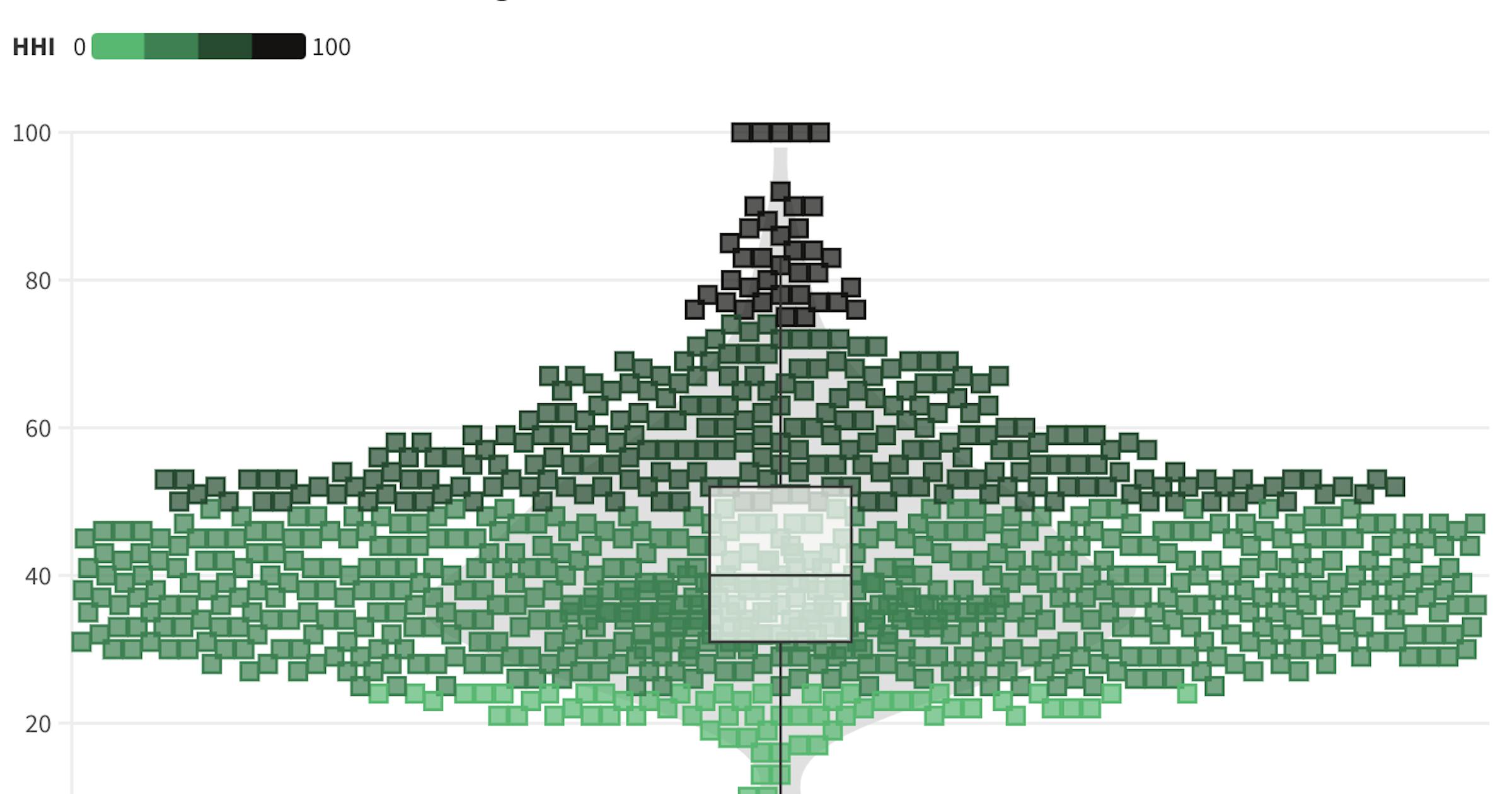At Lady Puzzle Pro, we're puzzle enthusiasts with a passion for cracking codes and diving deep into the psychology of brain teasers. Whether solving solo or with loved ones, the thrill of the puzzle is what drives us. But we’re not just here for the dopamine hit; we’re on a mission to decode the psychology behind streaks, stats, and the urge to share those green squares. Naturally, this led us to tackle a pressing question: What makes some Wordle answers so exasperatingly tough that we turn to Google for a lifeline?
What We Did
To uncover what drives Wordle players to seek help, we analyzed all Wordle answers between January 1, 2022, and August 18, 2024. Although Wordle launched in June 2021, data before 2022 was negligible, as the game only became a cultural phenomenon in 2022, especially after The New York Times acquired it in late January 2022.
To gauge the need for help, we used Google Trends data for the query "Wordle hint," which attracts 5-10 million monthly searches. We coined this metric the Hint Heat Index (HHI), representing daily search intensity for our query.
Our analysis focused on the distribution of HHI values during the selected period, with particular attention to words generating an HHI above 60. We explored key drivers, including word difficulty, repeated letters, and the presence of letters with high Scrabble scores—reflecting their rarity in English.
What We Learned
Our findings revealed that word difficulty and repeated letters are the primary factors influencing high HHI scores, with letters like Q, Z, J, X, and K also contributing, albeit without a significant difference in impact among them.
Stay with us as we explore the data and reveal what makes some Wordle words so tricky that many of us need a little extra help.
Exploring the Data: Wordle Answers and Key Factors
To dive deeper into what drives the need for Wordle hints, we compiled an interactive table featuring every Wordle answer from January 1, 2022, to August 18, 2024. This table provides a comprehensive view of all daily words we analyzed, their Hint Heat Index (HHI), and the key factors we considered.
Each word is accompanied by:
- Word Difficulty: Categorized into Easy, Medium, and Advanced.
- Letter Repeats: The number of repeated letters in each word, ranging from 0 (no repeats) to 3 (a letter repeated three times, e.g., MUMMY). If two letters are repeated, as in PAPAL, this value is 2.
- Scrabble Score: For letters with a Scrabble score higher than 4, we counted how many of those letters appear in the word. We considered them separately by Scrabble Score, initially suspecting that higher scores would have a stronger impact.
The table is fully interactive, allowing you to sort columns and search for different words and factors.
This data forms the foundation of our analysis as we investigate what makes certain Wordle words particularly challenging.
Visualizing the Hint Heat
A Time Line Perspective
To begin our quest to understand what makes certain Wordle puzzles so challenging, we first plotted the Hint Heat Index (HHI) over time. This simple time line chart allowed us to observe fluctuations and identify peaks where players sought hints more frequently. While these spikes highlighted moments of increased difficulty, they didn’t immediately reveal a clear pattern or definitive cause.

The Quest for Patterns: The Violin Chart of Hint Heat
To dig deeper into what drives players to seek help, we turned to a more revealing visualization: a violin chart plotting every Wordle data point against the Hint Heat Index (HHI) on the Y-axis. This chart not only showcases the distribution of HHI across all Wordle answers but also allowed us to identify specific words that warrant closer examination.
A key moment in our research, the chart below offers an interactive way to explore the data. By clicking on any point, you can see the word, its date, and the corresponding HHI.
After examining the initial violin chart, we put on our detective hats and zeroed in on the Wordles with a Hint Heat Index (HHI) higher than 60. This deeper dive led us to identify key factors—or culprits—potentially driving the difficulty of these puzzles. As listed in the first table, these factors include the language level of the word, the presence of repeating letters, and the inclusion of less common letters in the English vocabulary, with Scrabble scores serving as our guide.
To further our investigation, we created a similar violin plot, this time focusing exclusively on the Wordles with an HHI greater than 60.
This chart provides a closer look at the patterns and outliers that might reveal what makes these particular answers so challenging.
Analyzing the Key Drivers Behind Wordle Difficulty
After creating the first violin plot, we decided to narrow our focus to the Wordles with a Hint Heat Index (HHI) of 60 or higher. We looked at each of the 123 Wordles in this category, out of a total dataset of 961 puzzles. Through this detailed examination, we began to identify patterns: language difficulty, repeated letters, and the presence of rare letters in the English vocabulary, for which we used Scrabble scores as a proxy. This was the moment in our research when these factors emerged as potential contributors to puzzle difficulty. We considered each group of Scrabble scores separately—Q and Z (10 points), J and X (8 points), K (5 points), and F, H, V, W, Y (4 points)—to assess their individual impact.
For the language difficulty factor, we turned to ChatGPT for help and it classified the Wordles into three categories: Easy, Medium, and Advanced. This classification serves as a general guide, with the understanding that difficulty can vary depending on context and usage. The Easy level includes more common and frequently used words, while Medium consists of words that are slightly less common but still familiar to many. The Advanced category encompasses more specialized or less frequently encountered words. This classification helped us better understand the role of language complexity in contributing to the difficulty of certain Wordles.
To visualize the influence of these factors, we created a series of bar charts grouped by HHI intervals: less than 60, 60-69, 70-79, 80-95, and 96 or higher. The grid of small bar charts below illustrates how each factor contributes to the difficulty of Wordles within these different HHI ranges.
Looking at the bar charts above, several key insights emerged regarding the factors that influence the Hint Heat Index (HHI):
- Language Level: We observe a clear and direct impact of language difficulty on the HHI, with scores increasing from 0.42 for Wordles with an HHI below 60 to 1.4 for those in the HHI 100 group.
- Repeated Letters: A similar trend emerges with repeated letters, where the presence of duplicates consistently correlates with higher HHI scores.
- Rare Letters: The influence of rare letters, however, is less straightforward. While Q and Z show a clear pattern—the more of these letters in a word, the higher the HHI—other groups, such as J, X, K, and F, H, V, W, Y, show a weaker correlation. Nevertheless, when we consider the total count of Q, Z, J, X, and K in a word, a stronger relationship with higher HHI scores becomes apparent.
Next, we created a similar visualization for the five words that hit an HHI of 100: CACAO, KHAKI, KAZOO, NINJA, and EQUIP.
Each of these words presents a unique blend of challenging factors that pushed them to the top of the HHI scale.
- NINJA and KAZOO stand out for their high difficulty level, combined with repeated letters and the presence of J or Z, which are known to trip up even seasoned players.
- CACAO and KHAKI are slightly less difficult but still formidable, either due to multiple repeated letters or the inclusion of a rare repeated letter.
- EQUIP is a curious case. What makes it a 100 HHI word? Our analysis suggests that it’s a combination of the word's lower commonality and the tricky presence of Q. But we’ll leave it to you to decide—what do you think?
Wrapping It Up: A Passion-Driven Exploration
Our journey into the depths of Wordle difficulty was fueled by nothing more than our love for puzzles and the thrill of the challenge. We know that this analysis doesn’t account for everything. Factors like the game's evolving popularity, its global player base across different time zones, and even the intricacies of how Google Trends data is generated were beyond our scope. There are countless variables at play that we didn’t touch upon.
That said, while our method may not be perfect statistical science, we believe it offers a relevant and insightful perspective on what makes some Wordle answers more challenging than others. We’re excited to hear your thoughts—whether you agree, disagree, or have suggestions on how we can take this research even further. After all, in the world of puzzles, there's always room for improvement.

 NY Times Mini
NY Times Mini NY Times Crossword
NY Times Crossword NY Times Wordle
NY Times Wordle NY Times Connections
NY Times Connections NY Times Connections Sports Edition
NY Times Connections Sports Edition NY Times Strands
NY Times Strands NY Times Spelling Bee
NY Times Spelling Bee NY Times Pips
NY Times Pips Word Salad
Word Salad Contexto
Contexto Blossom
Blossom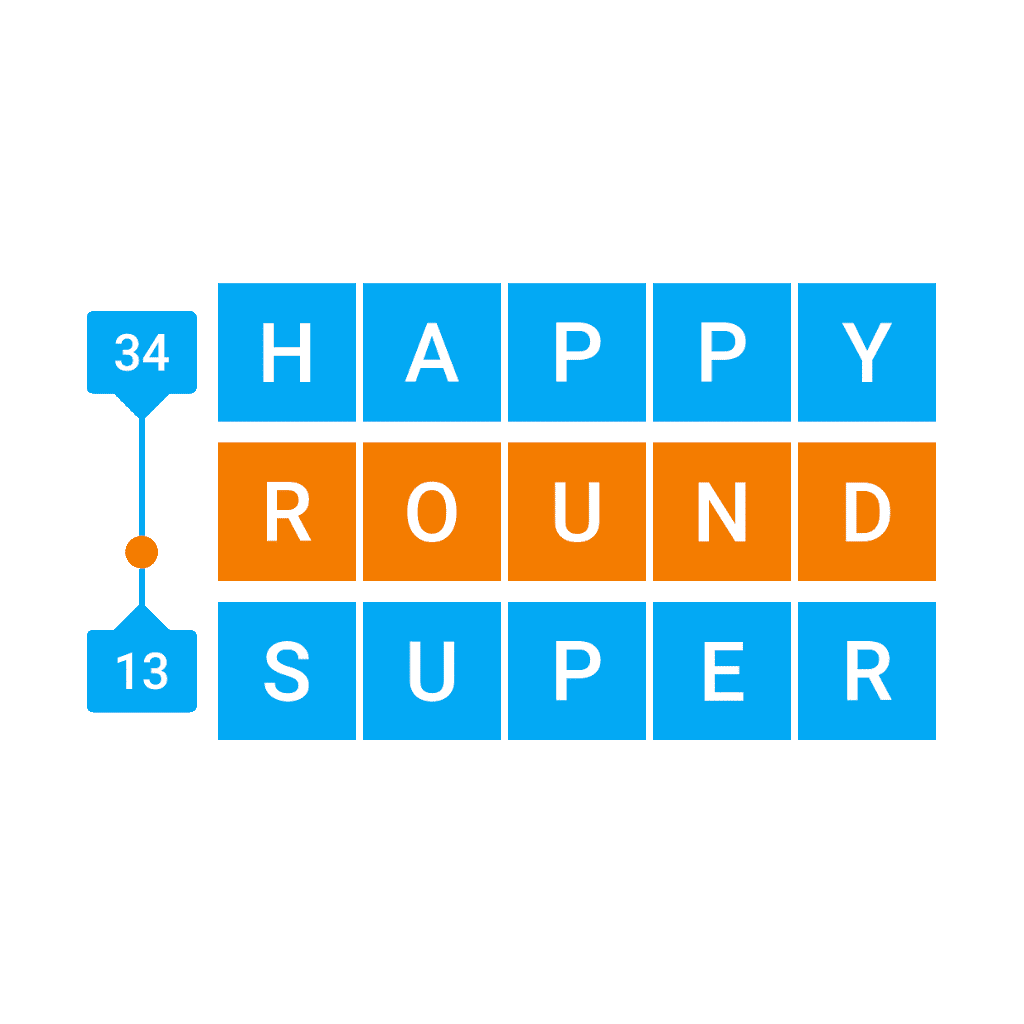 Betweenle
Betweenle Conexo
Conexo Bracket City
Bracket City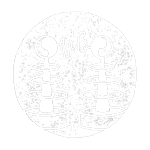 Fluxis
Fluxis Stacks
Stacks Atlantic Crossword
Atlantic Crossword LA Times Mini
LA Times Mini LA Times Crossword
LA Times Crossword Word Hurdle
Word Hurdle Anagram Solver
Anagram Solver Scrabble Word Finder
Scrabble Word Finder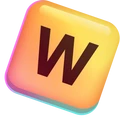 Words With Friends Word Finder
Words With Friends Word Finder Atlantic Games
Atlantic Games LA Times
LA Times Zorzzle
Zorzzle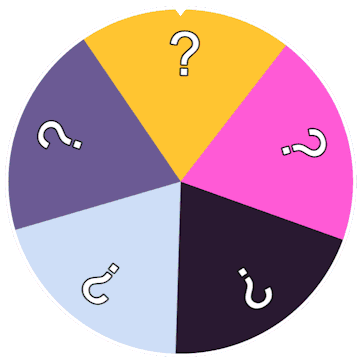 Word of Fortune
Word of Fortune
